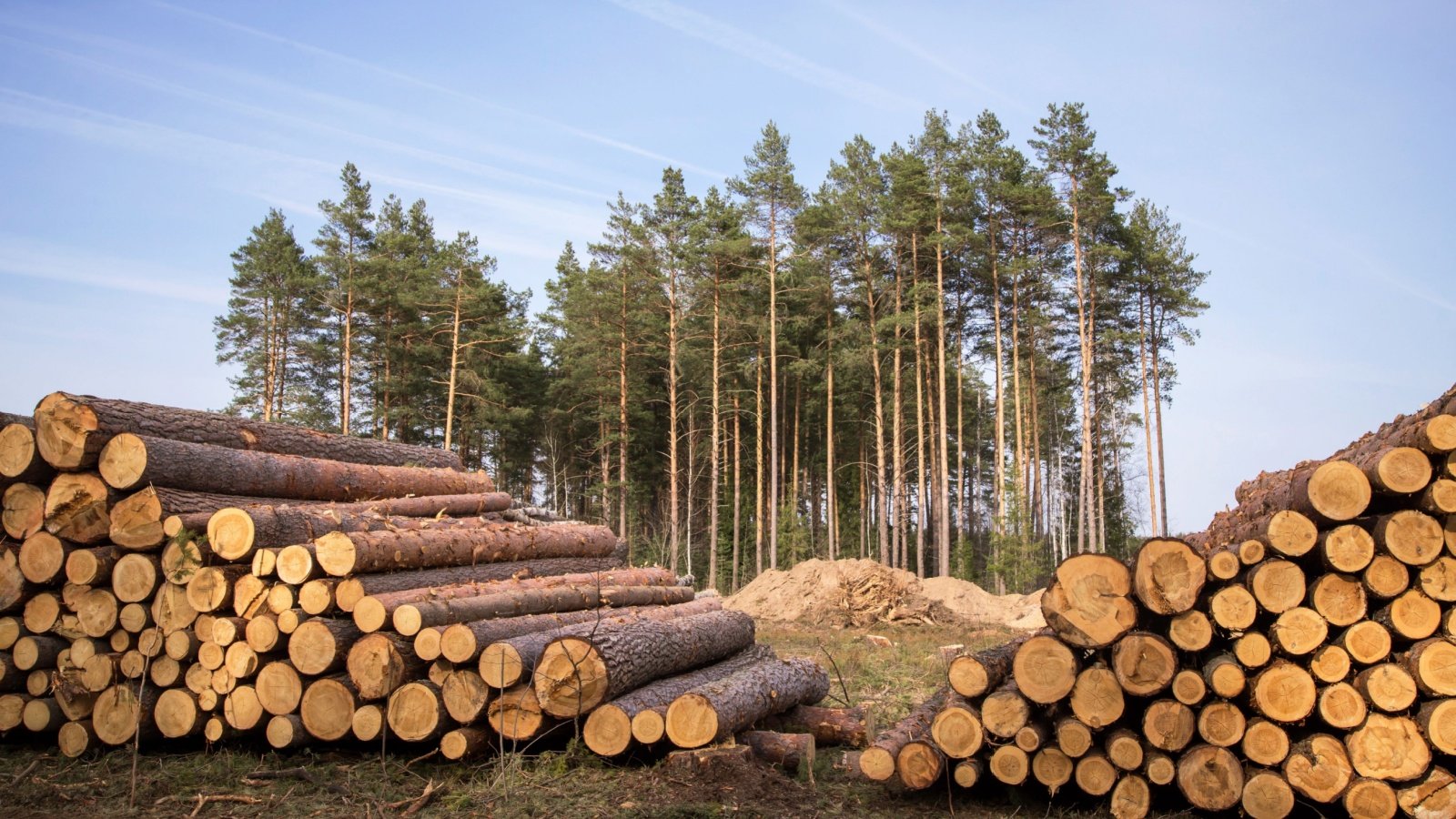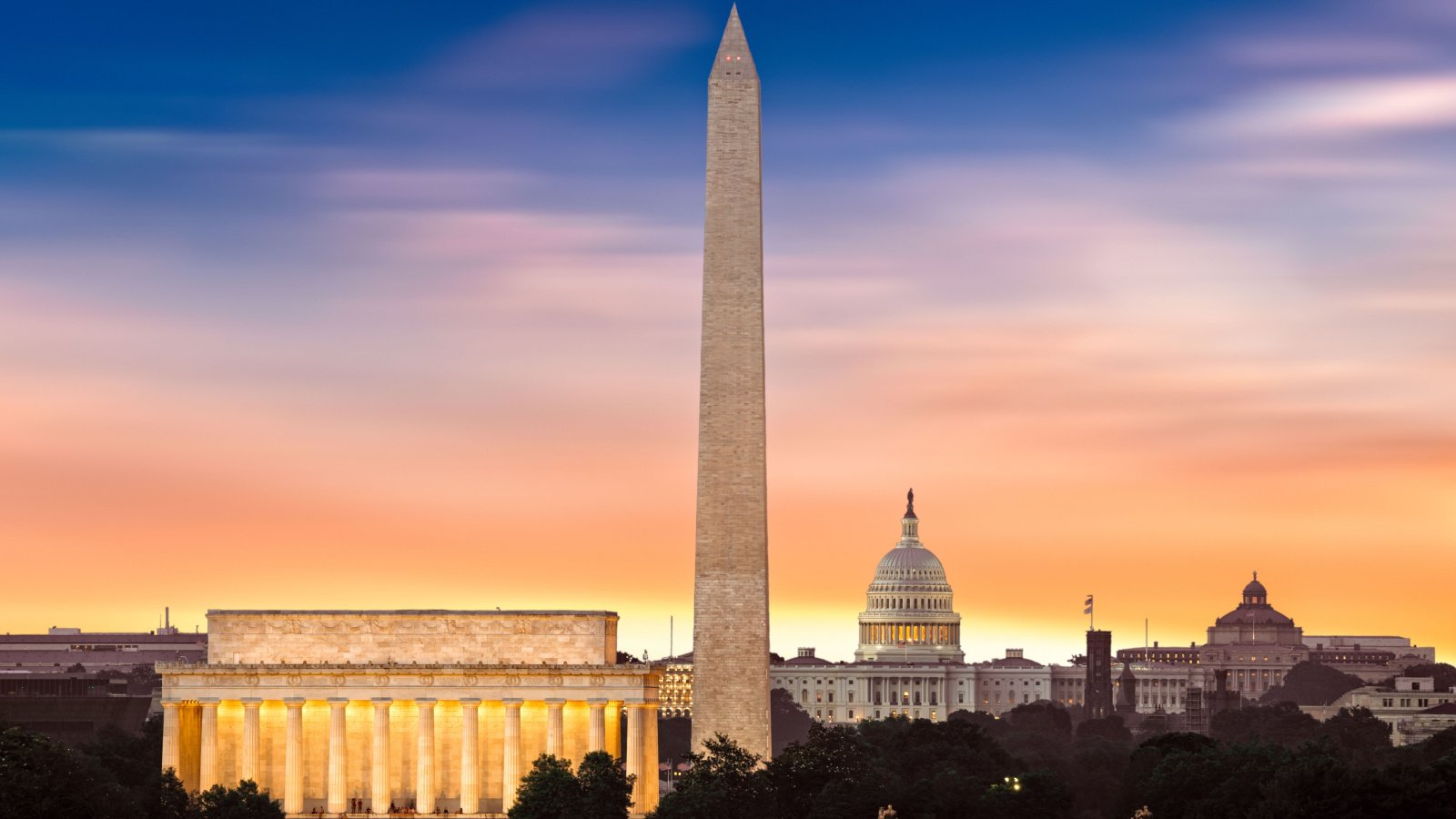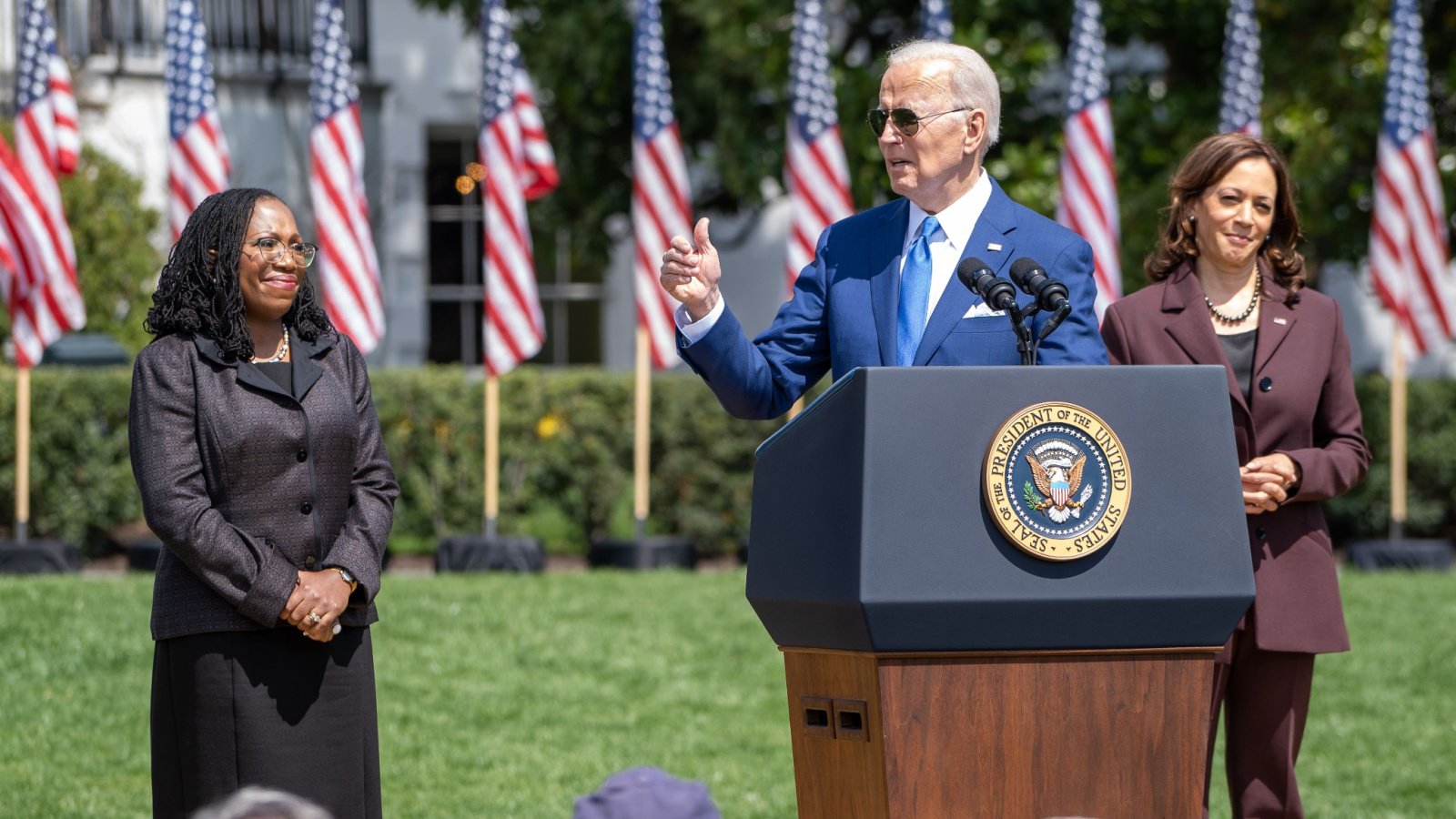Amidst a year with record heat waves anticipated and wildfires already rife throughout the western United States, the Biden Administration has announced a policy to limit timber harvesting of old-growth trees. Given the dry, hot conditions, this proposal has outraged populations concerned about the threat of rampant wildfires. It has attracted the praise of environmentalists seeking to preserve the old-growth trees.
Tensions Between Logging and Environmental Protection
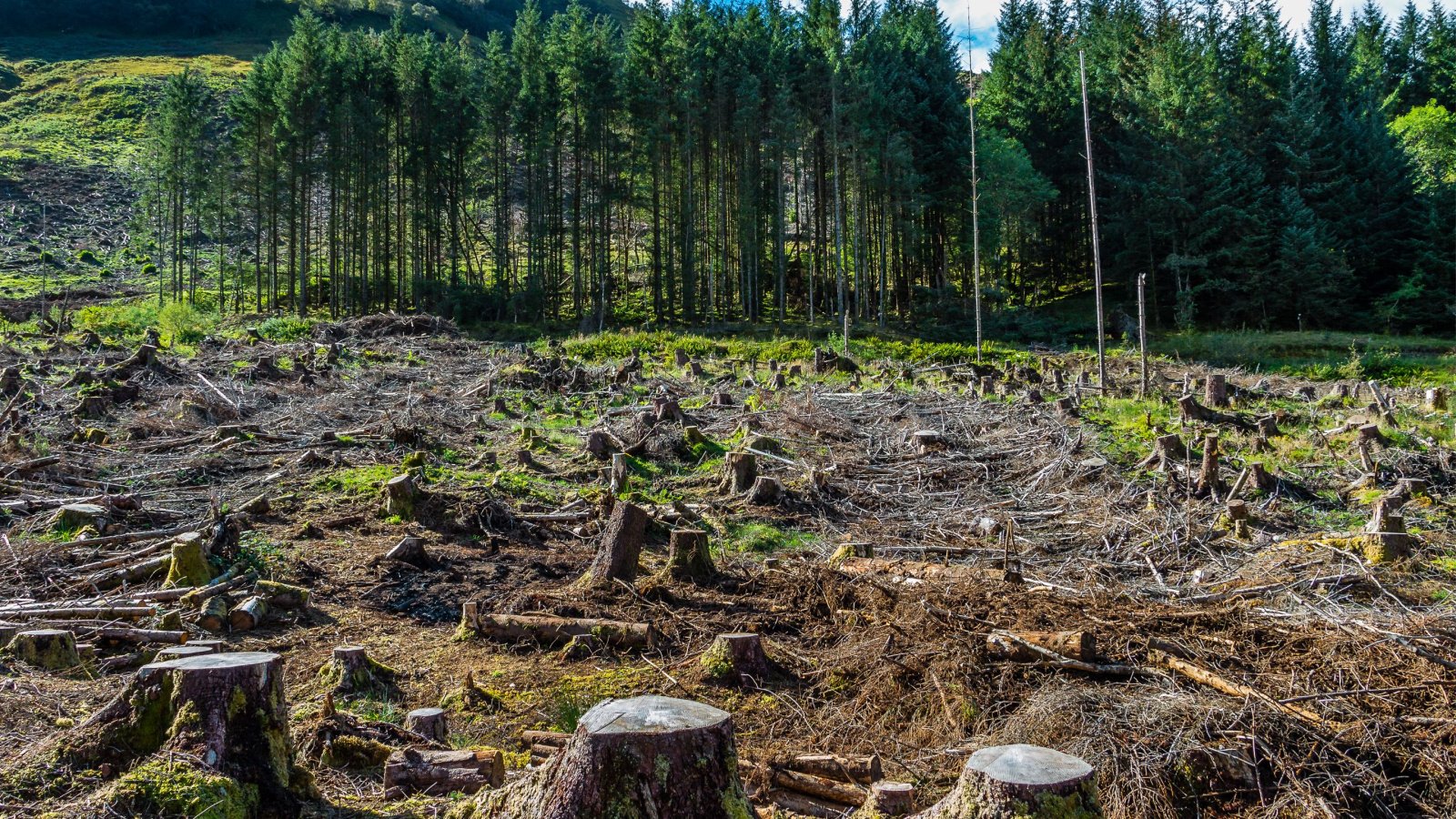
The tensions between logging and environmental protection are nearly as old as time. In many ways, the two interests could work synergistically, as practical forest management can preserve and encourage healthy and vibrant forest ecosystems that are preserved from the dangers of forest fires.
Details of the Biden Administration Proposal
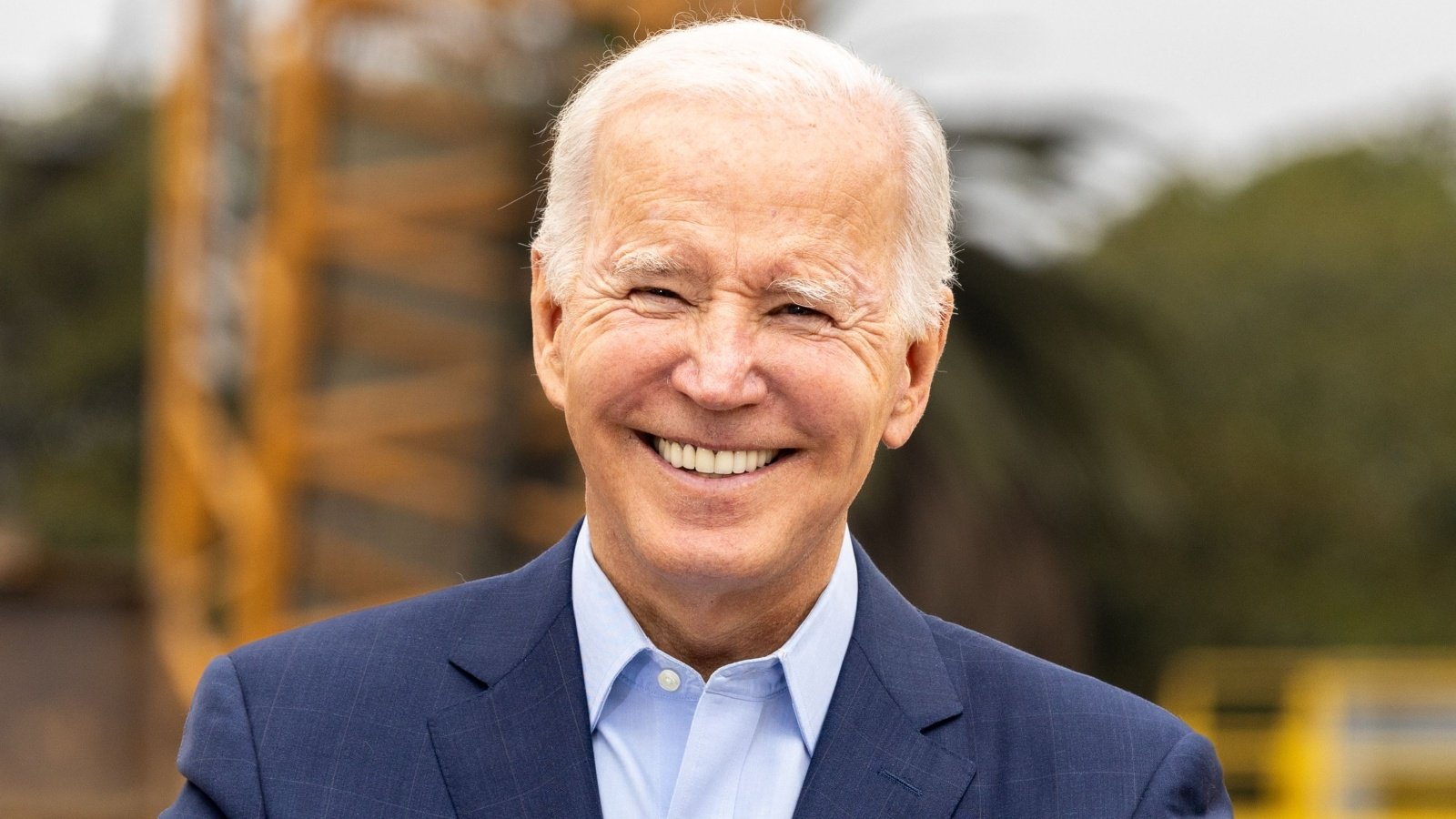
The Biden Administration proposal will not prohibit all logging of old-growth trees but will sharply restrict the culling of the trees.
Justification by the Forest Service
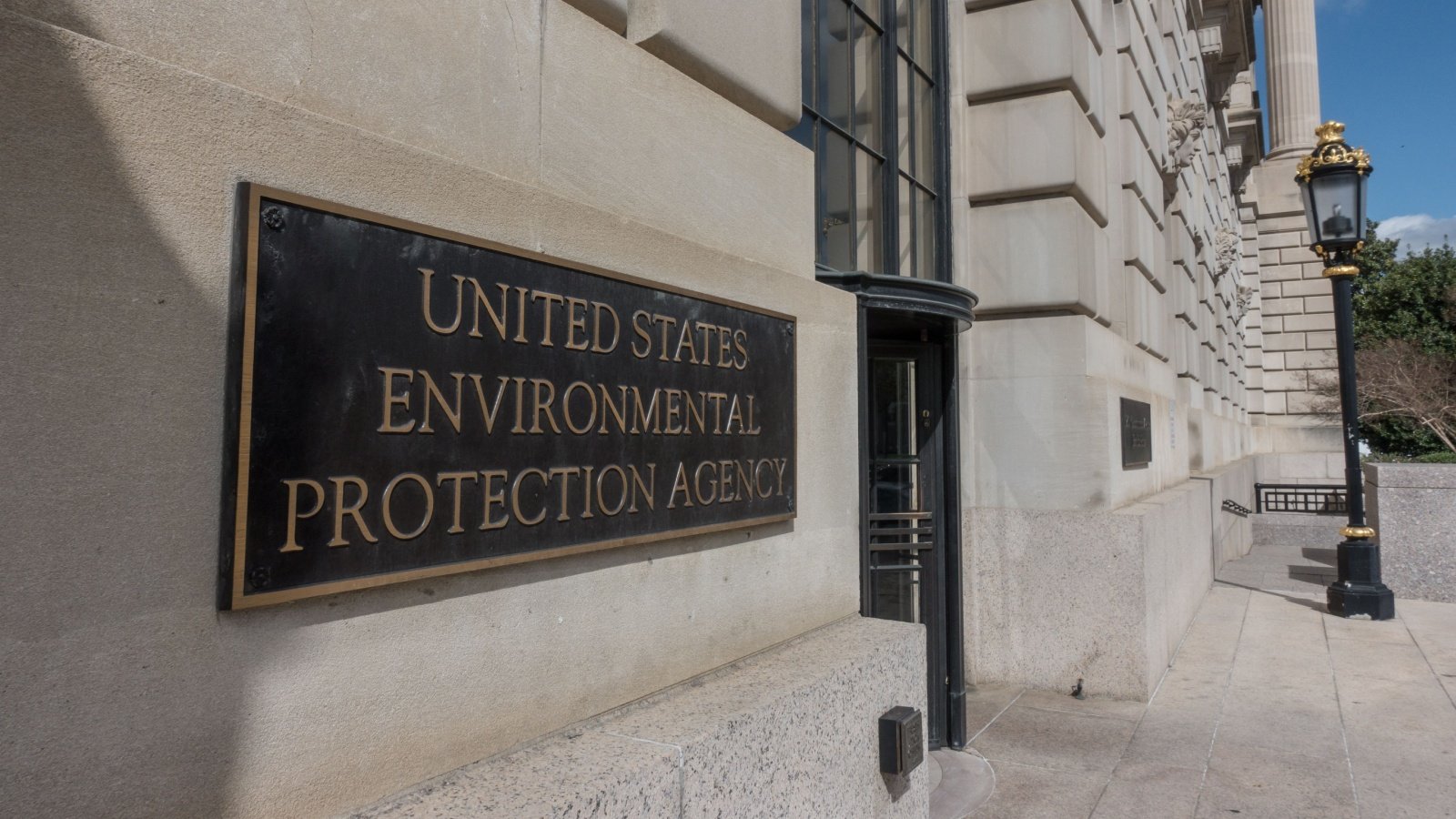
The Forest Service justifies the new policy by finding that old-growth trees produce and store substantial carbon dioxide. Therefore, cutting them down and destroying that source of carbon dioxide will reduce the protection against the impact of climate change.
Expert Opinion on Old-Growth Forests

A climate expert, Ali Zaidi, stated, “Our old-growth forests breathe in carbon pollution, cleaning up the air, and filter our water, cleaning up rivers and streams. These forests are an essential partner in tackling climate change.”
Contrary Studies on Tree Growth

Studies have suggested that contrary to the assumption that tree growth rate slows as trees age, the growth continues to accelerate, meaning that “Big, old trees are better at absorbing carbon from the atmosphere than has been commonly assumed,” according to ecologist Nate Stephenson from the US Geological Survey Western Ecological Research Center.
Specifics of the Proposal
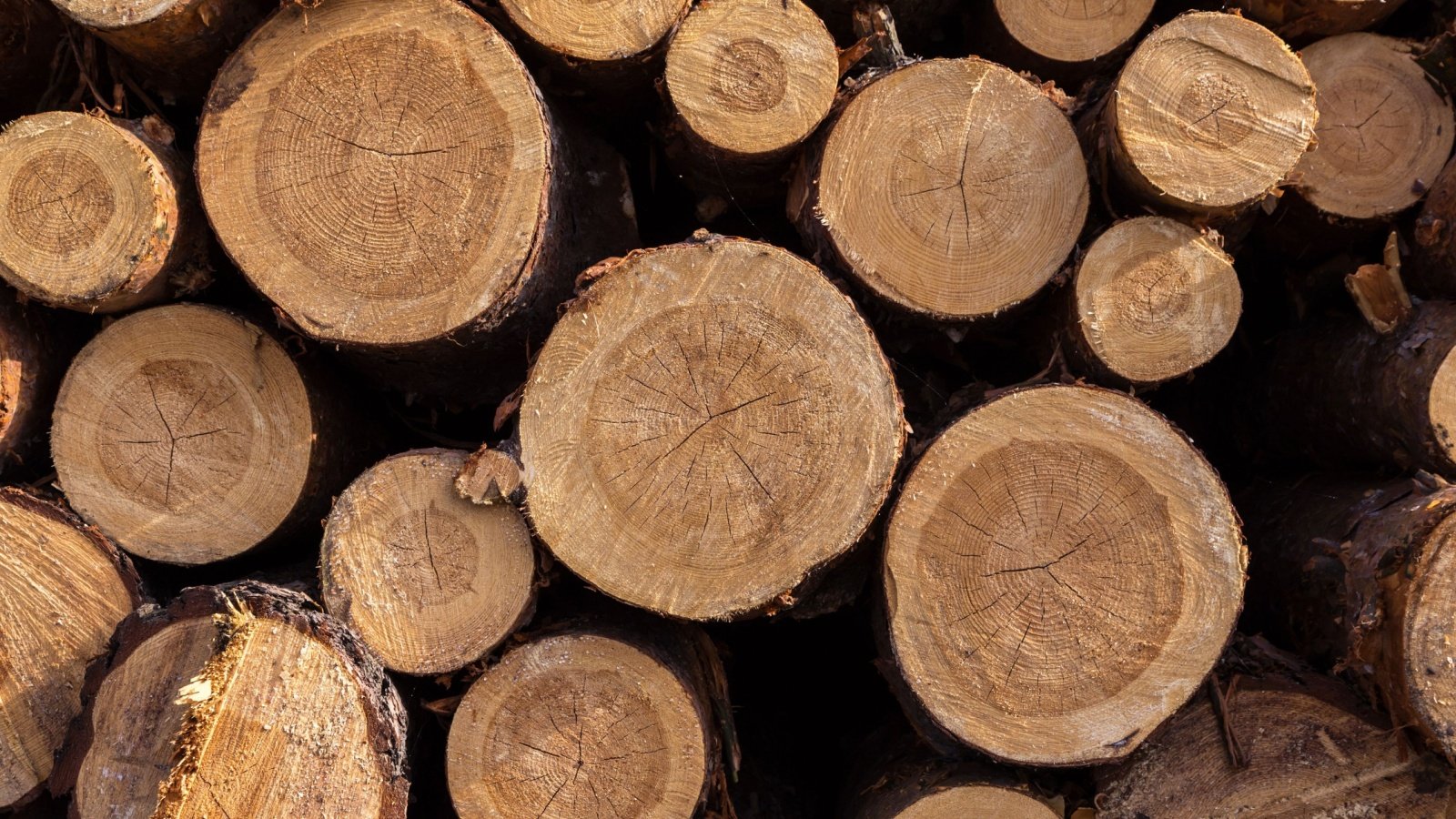
The Forest Service proposal will limit logging to areas still meeting the threshold to be considered old-growth forests, even with logging activities underway.
Additional Federal Land Management Efforts
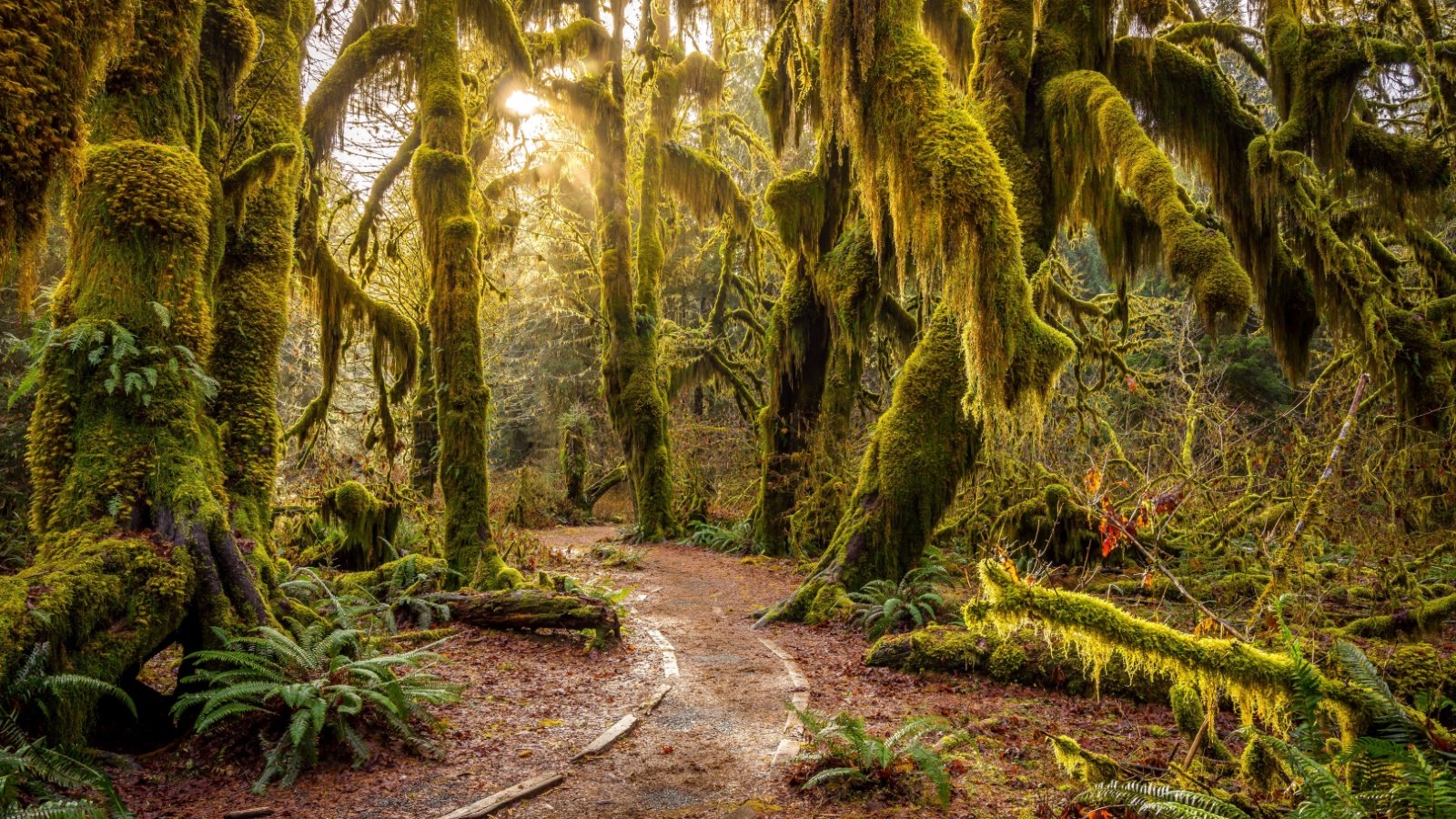
Additionally, the rule requires federal land management to undertake efforts to increase and support existing old-growth forests.
Opposition from the American Forest Resource Council
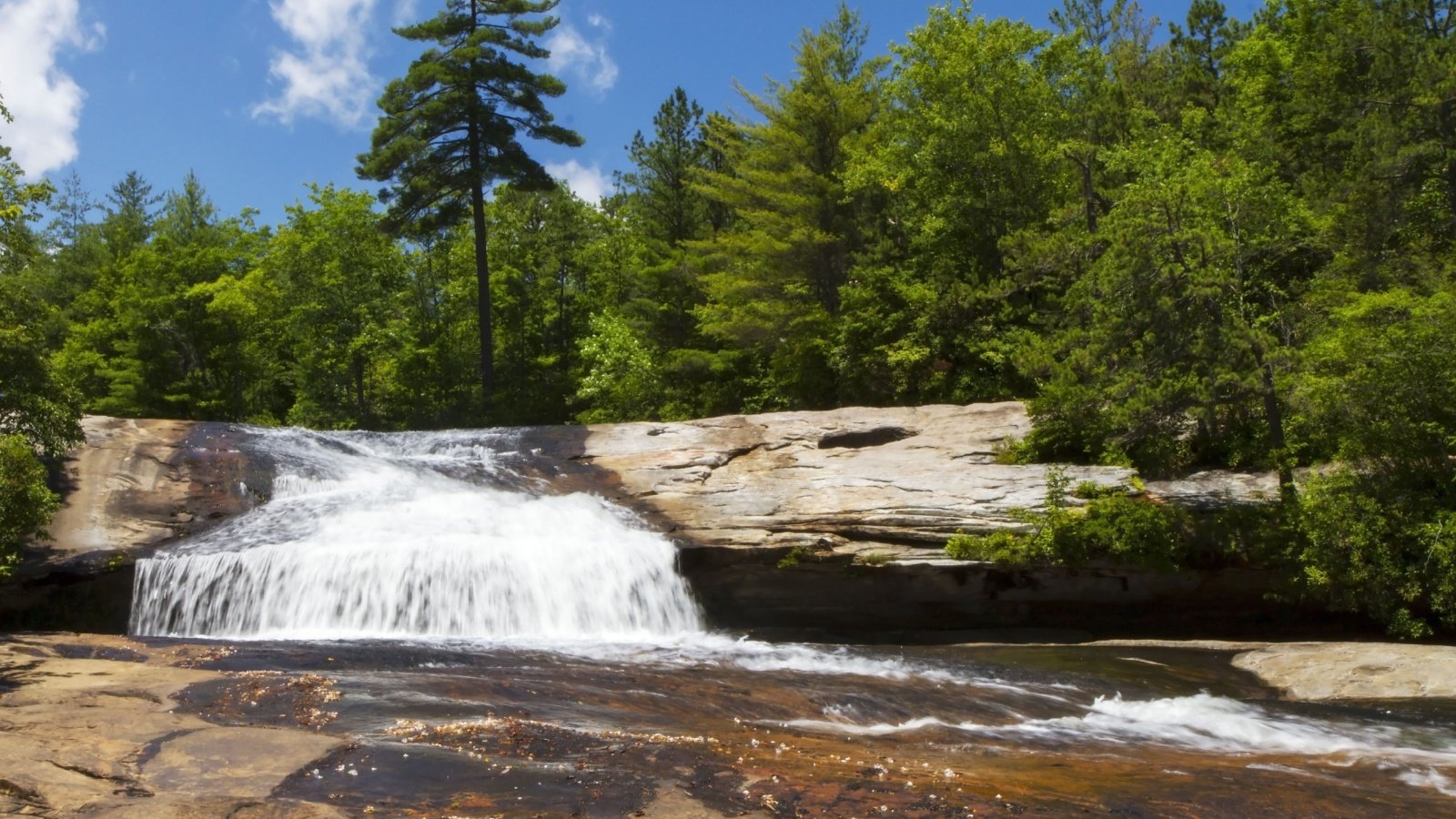
In opposition to the new rule, the American Forest Resource Council has criticized the move as “politically driven.” The council is a trade group comprising timber companies in the Western United States.
Statement from Travis Joseph

President of the American Forest Resource Council, Travis Joseph, stated, “Instead of increasing bureaucracy and obstacles to active forest management, the Biden Administration should prioritize implementing its wildfire strategy that calls for more forest health treatments.”
Health Treatments

Health treatments for this trade group involve forestry and logging to cull dead and fire-prone overgrowth, preventing deadly and destructive wildfires.
Another externality of forest wildfire, in addition to the loss of human and animal life, destruction of property, and extraordinary expense to fight back, is the production of mass amounts of smoke pollutants into the atmosphere, the very factors environmentalists are trying to prevent by maintaining the old-growth trees.
Support from Environmentalists

Environmentalists like Sierra Club spokesman Alex Craven approved the Forest Service policy: “Conserving what remains of our oldest forests is undoubtedly a positive step towards climate action. We look forward to engaging in this process to ensure the amendment not only retains but also increases the amount of old-growth forests across the country.”
Future of the Rule

The rule’s announcement had been expected after the Biden Administration alluded to the change in December 2023. After a comment period, the Forest Service will likely issue a final rule in January 2025, regardless of which presidential candidate wins office.
Potential Changes Under a Different Administration

If former President Donald Trump wins office, the rule will probably be immediately halted in favor of more proactive forest management and removal of some old-growth trees to a level that will permit more forest management strategies.



